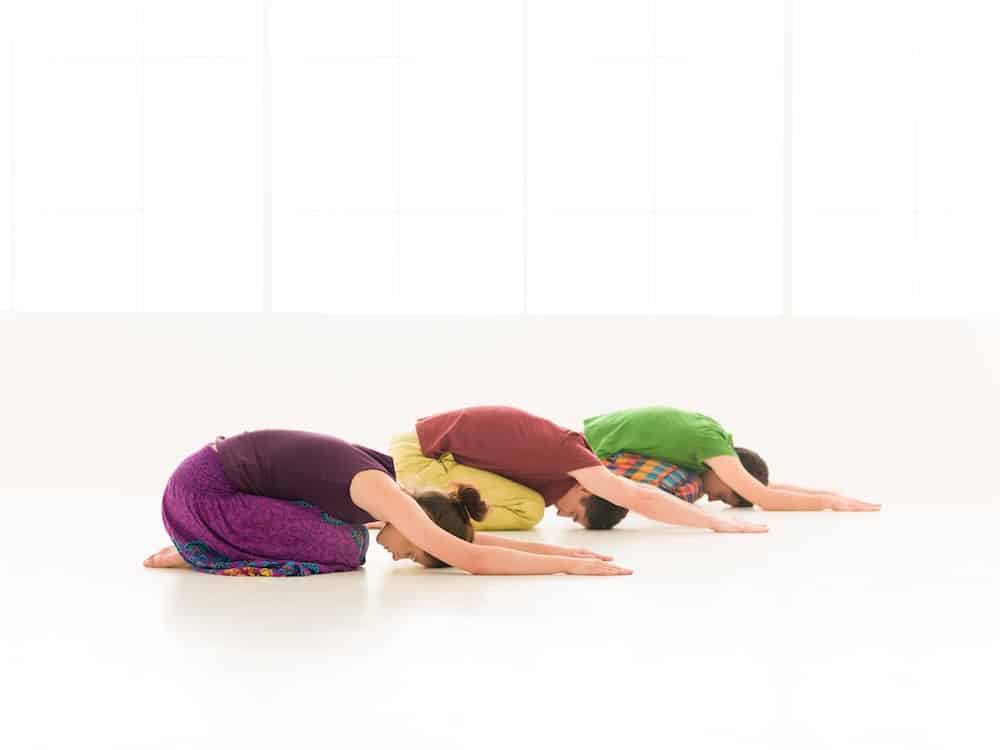Approximately 80% of adults will experience low back pain at some point in their lives. Unquestionably, this represents a significant public health problem and a common reason for all physician visits. Yet, the positive news is that some simple exercises can help strengthen your core, which in turn can alleviate lower back pain.
Your core is the muscular powerhouse in the center of your body. It’s a complex series of muscles, extending far beyond your abs, including everything besides your arms and legs. It is incorporated in almost every movement of the human body, therefore, its strength is paramount.
A lire en complément : Can the Use of Therapy Dogs in Hospitals Improve Patient Outcomes?
These muscles can be the source of the pain in your lower back, but they can also be your savior. Research indicates that the stronger your core, the less likely you are to suffer from low back pain. Consequently, building core strength can provide a two-fold benefit: it can increase your back’s resistance to fatigue, strain, and injury, as well as alleviate existing lower back pain.
Now that we understand the importance of a strong core, let’s look at some exercises that can help you build that strength. These are simple exercises that don’t require any expensive equipment or gym membership. All you need is your body, a little bit of determination, and a comfortable floor to lie on.
Avez-vous vu cela : How Does the Installation of Green Roofs in Urban Areas Affect Local Air Quality and Public Health?
Exercise 1: The Bridge
The bridge exercise targets your entire core, particularly your glutes, which are often overlooked in discussions about core strength. It also works the muscles in your lower back, making it a great all-around exercise for core strength and stability.
Start by laying on your back with your knees bent and your feet flat on the floor. Keeping your shoulders and head relaxed on the ground, tighten your abdominal and buttock muscles. Raise your hips off the floor until your body is in a straight line from your shoulders to your knees. Hold this position for a few seconds, then slowly lower your body back down to the floor. Repeat this exercise ten times.
Exercise 2: The Plank
Plank is a simple yet powerful exercise, focusing on the entire core, not just your abdominal muscles. It also has the added benefit of working your shoulder and leg muscles.
Begin in a push-up position on the floor. Bend your elbows 90 degrees and rest your weight on your forearms. Your body should form a straight line from your head to your feet. Ensure your back is flat and your hips are not sagging. Hold this position for as long as you can, aiming for at least 30 seconds, then rest. Repeat this exercise three times.
Exercise 3: Bird-Dog
The bird-dog exercise increases balance, stabilizes your spine, and strengthens your lower back and abdominal muscles.
Start on your hands and knees on a comfortable floor. Keep your head, neck, and back in a straight line. Slowly extend your left leg behind you while reaching your right arm forward. Hold this position for a few seconds, then slowly return your arm and leg to the starting position. Repeat the movement with your right leg and left arm. Do this exercise ten times on each side.
While these exercises can significantly improve your core strength and alleviate lower back pain, it’s essential to remember that incorrect exercise form can cause injury. Always listen to your body and stop if you feel any pain during the exercises.
Before starting any of these exercises, make sure your spine is in a neutral position. This means that all three curves of the spine are present. So there’s a small inward curve at the neck, a small outward curve at the upper back, and a small inward curve at the lower back. This neutral position reduces the risk of injury.
Another critical point to remember is not to hold your breath during these exercises. You might not realise it, but your core muscles need oxygen to work effectively. Keeping a steady breathing pattern during your workouts can help your muscles function better and reduce the risk of injury.
Lower back pain can be debilitating, but it doesn’t have to be permanent. Strengthening your core through these simple, yet effective exercises, can do wonders for relieving your pain and improving your overall strength and stability. Remember to perform these exercises consistently, maintain proper form, and listen to your body. Happy exercising!
The aptly named Dead Bug is another excellent exercise for core strength training. This exercise targets your abs, hip flexors, and lower back muscles, offering an all-around workout for your core. It also promotes core stability, a critical aspect in managing lower back pain.
To perform the Dead Bug, lie flat on your back on a comfortable floor. Extend your arms straight up towards the ceiling, and bend your knees at a 90-degree angle, with your feet in the air. This is your starting position. Slowly lower your left leg and right arm to just above the floor, keeping your other limb stationary. Return to the starting position, then repeat with your other limbs. Do this exercise ten times on each side.
A critical point to remember while doing the Dead Bug is to keep your lower back flat on the floor throughout the exercise. This action engages your core and protects your back from unnecessary strain.
Supine Marching is a simple yet effective exercise for strengthening the hip flexors and abdominal muscles. This exercise also improves core stability, which in turn reduces the likelihood of experiencing lower back pain.
Begin in a supine position on a flat floor. Bend your knees at a 90-degree angle, with your feet flat on the floor. This is your starting position. Lift one foot a few inches off the ground, mimicking a marching motion, while keeping your back flat on the floor. Return to the starting position and repeat the move with your other foot. Do this exercise ten times for each foot.
Remember, the key to Supine Marching is to maintain the neutral position of your spine and to engage your core muscles. Also, remember to maintain a steady breathing pattern throughout the exercise.
In conclusion, chronic low back pain need not be a lifelong burden. Research, as backed by Google Scholar and PubMed, points to the importance of core strength and stability in alleviating such pain. These five exercises – The Bridge, Plank, Bird-Dog, Dead Bug, and Supine Marching – have been proven to target your core muscles efficiently, offering relief from lower back pain.
However, consistency is vital in these workouts. Make sure to incorporate these exercises into your daily routine, ensuring that you perform each movement with correct form. Listen to your body, avoid overexertion, and remember the importance of maintaining a neutral spine and steady breathing pattern.
If your pain continues or if you have severe lower back pain, seek professional help such as physical therapy or medical advice. After all, your health is worth investing in. It’s time to say goodbye to back pain and embrace a stronger, healthier you.











